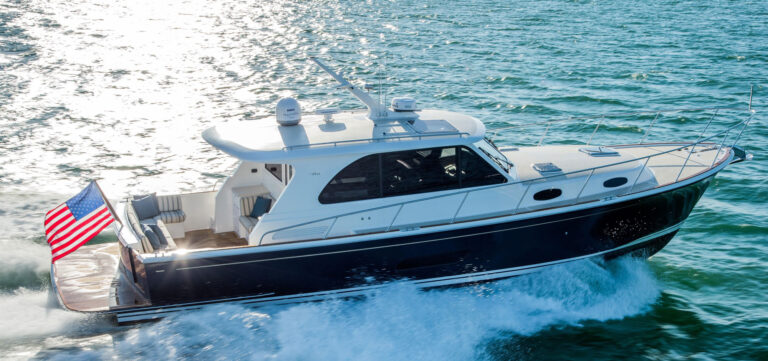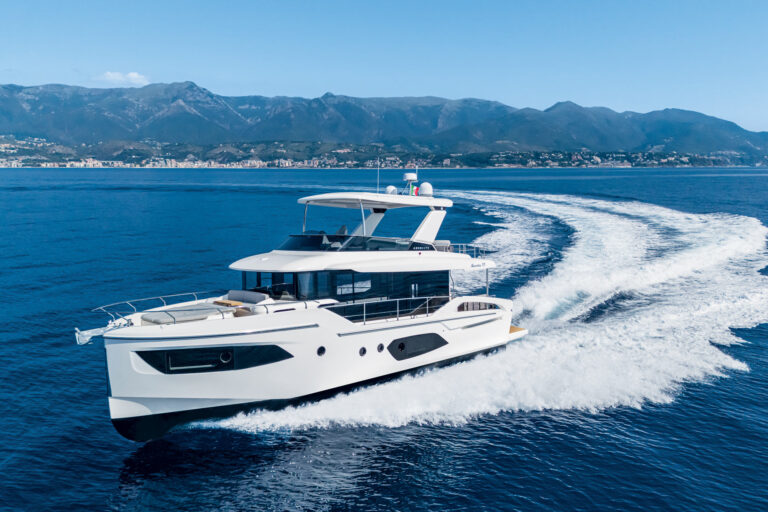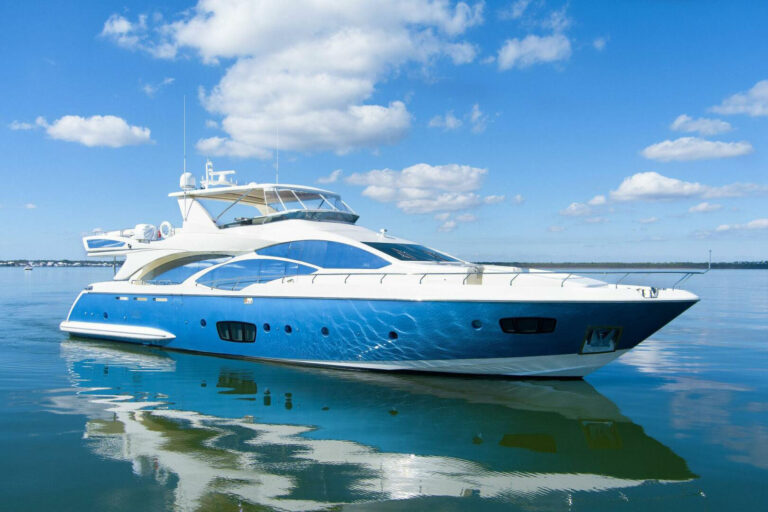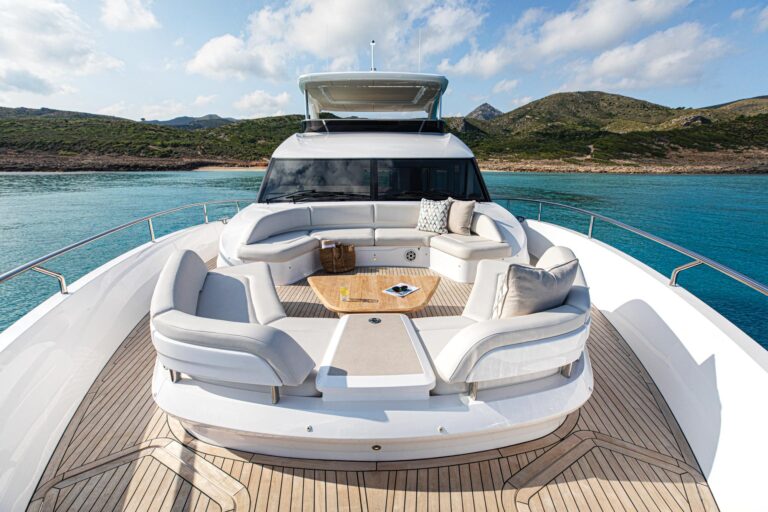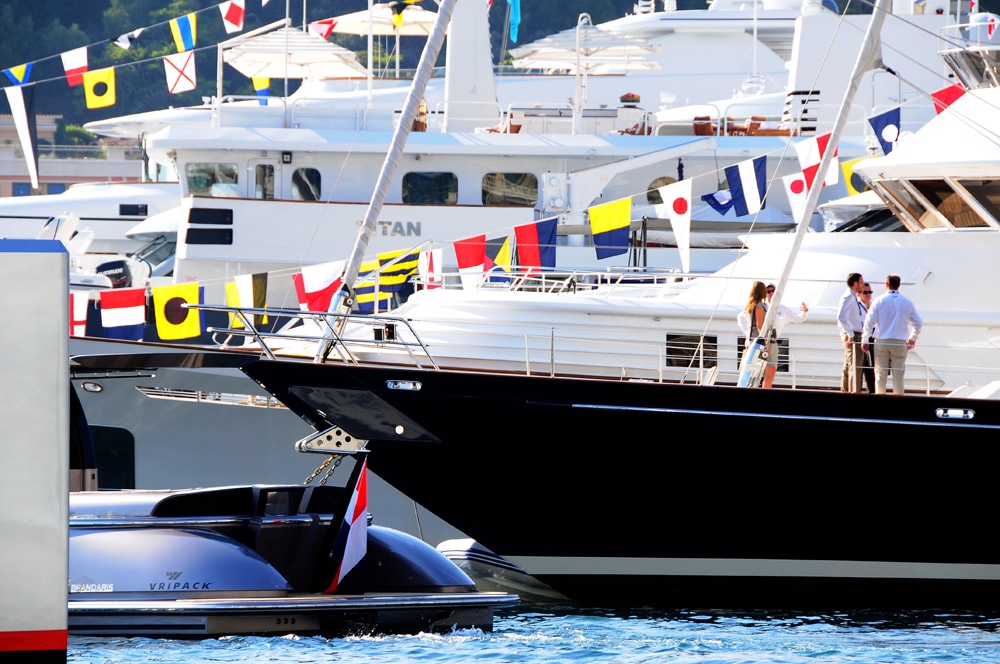
Get a New Boat
You already have a boat—a great boat. But some deals out there are irresistible, and there’s a chance the boat you’ve always wanted is listed at a price that’s just too good to pass up. Problem is, the same market that is setting the price for the boat you covet is also affecting the price of the boat you have. As much as you want to have both, it’s not an option right now. Is a trade-in a possibility?
“There’s no question that you have a major obstacle when you have a boat and you want a new one, but you’re not willing to own two at the same time,” says John Perkins, a partner at Wellington Yachts. “[Brokers] start looking at what other ways to mitigate some of the onus that [the buyer or seller] is feeling in getting [the deal] accomplished. And that’s where these kinds of ideas get thrown on the table. Sometimes they’ll be looked at seriously and other times they’re really just a motivator.”
Market forces open avenues to deals that are closed when times are less challenging. But trades can have an impact on the deal, aside from moving things along. “Clearly it’s easier for us to get aggressive on pricing when there’s no trade involved,” says Tom Caruso, president of Total Marine in Norwalk, Connecticut. “Because trades involve risk, and you have to allocate for the risk. Some buyers understand that, some don’t.” The best way to approach any deal is to have a realistic understanding of how market forces are affecting everyone involved. With this clear-headed approach, you can assess the deal at hand, and make rational financial decisions.
“The risk isn’t so much in the boat itself,” says Caruso. “We obviously will survey and inspect it. The risk is in the sale-ability of that boat. You’ve now taken in a boat for X number of dollars but you don’t have the dollars—you just have the boat. And you’re making an assumption that you’re going to be able to liquidate that boat within a certain time period for a certain amount of money and in today’s market those risks are substantially higher.” But there are other ways to deal with that risk.
One way to offset the risk is that the buyer and the seller agree to place a lien on one or both boats. Basically, the idea is to give the seller a legal hand in the value of the boat that was to be traded. With the lien, the seller is letting the buyer defer the payment of an amount equal to the value of the trade-in boat. And when the buyer sells his boat, he pays the balance to the seller.
“The lien is the protection,” says Perkins. “This kind of thing can work especially in markets like today’s when the only people that are buying are generally not the ones that are going to finance the boat.” Your broker should be able to work with the seller’s broker to structure a lien that is agreeable to both parties.
“With brokerage transactions you’re always dealing with two moving targets,” says Perkins. “People always think of the boats when I say this, but I’m really referring to the buyer and seller.” Emotions will affect the deal, it cannot be avoided. But there are ways to minimize risk for all parties.





